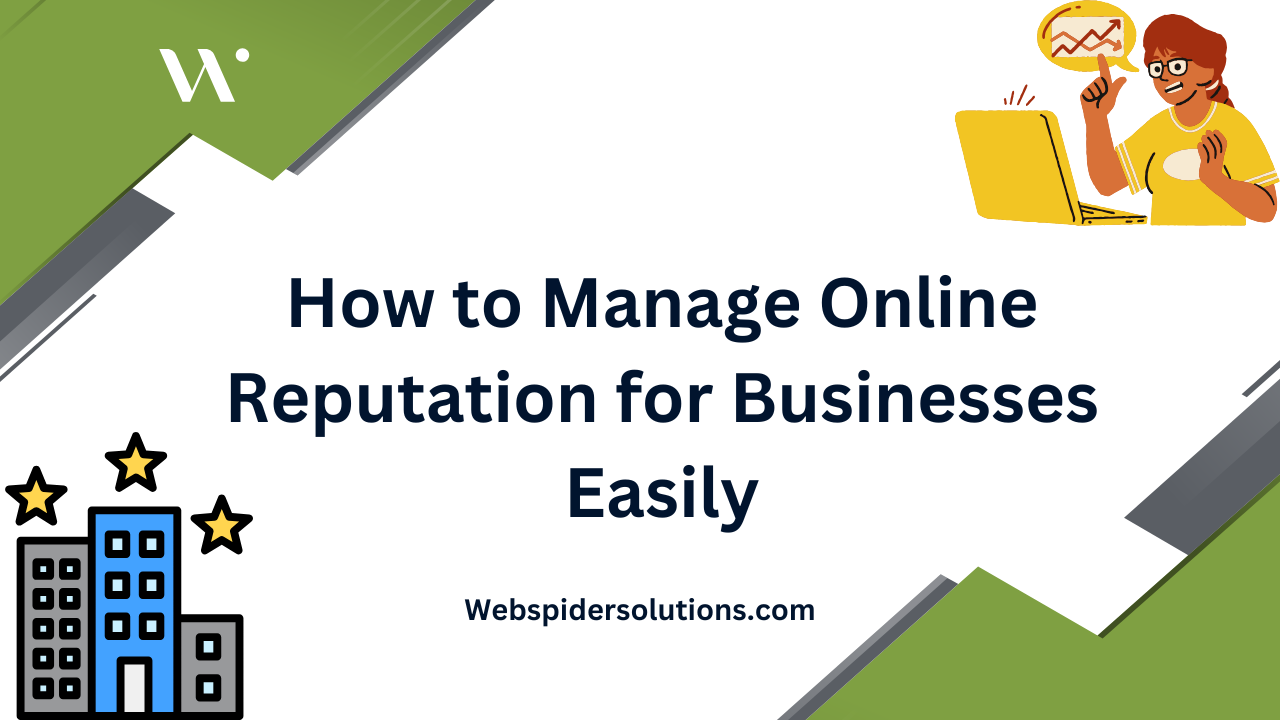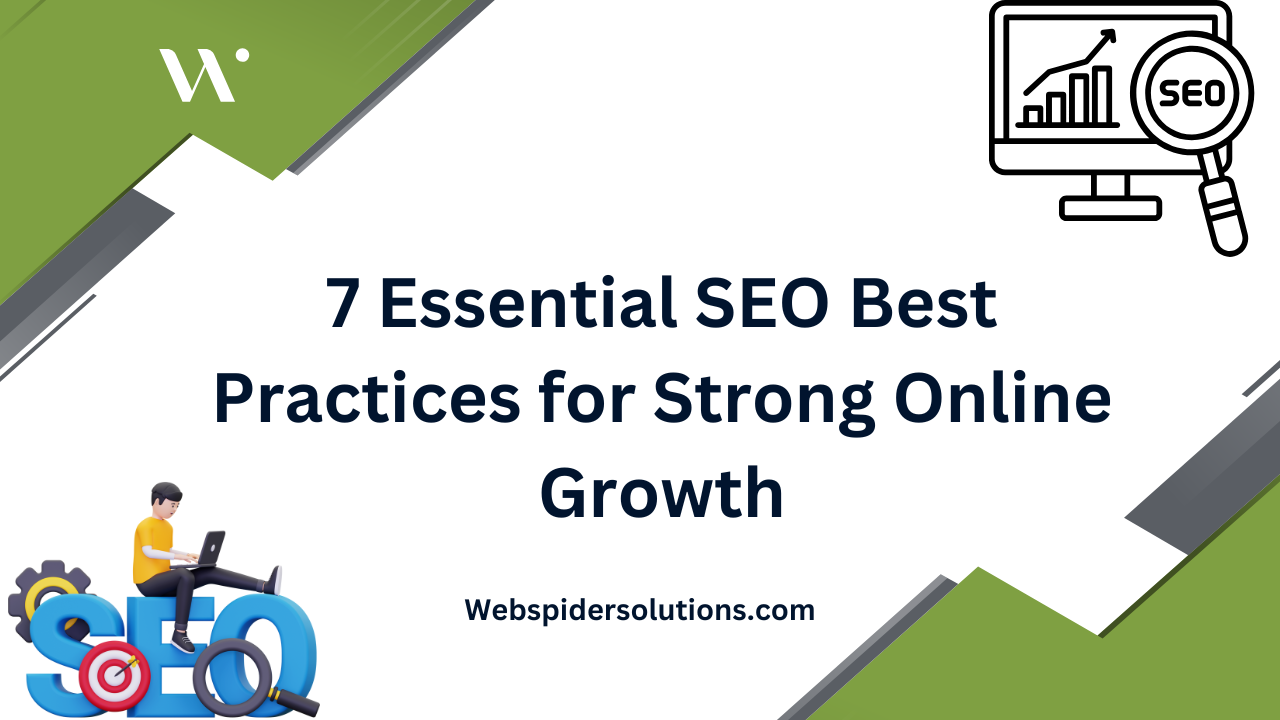A single negative review can lower purchase intent for nearly 40 percent of potential customers, making online reputation management more important than ever. In a world where Google searches and social media shape first impressions, what people find about your business often decides whether they trust you. By taking control of your online reputation step by step, you can protect your brand and turn digital feedback into real opportunities for growth.
Table of Contents
- Step 1: Assess Current Online Reputation Profiles
- Step 2: Establish Monitoring Tools and Alerts
- Step 3: Address and Respond to Reviews Proactively
- Step 4: Optimize Positive Content and Brand Assets
- Step 5: Track Results and Refine Reputation Strategies
Quick Summary
| Key Point | Explanation |
|---|---|
| 1. Assess your online reputation | Conduct thorough searches to understand how your business is portrayed across digital platforms. |
| 2. Set up monitoring tools | Use tools like Google Alerts to track mentions of your brand and streamline reputation management. |
| 3. Respond quickly to reviews | Engage with all reviews within 24-48 hours, showing commitment to customer satisfaction and service. |
| 4. Optimize positive content | Create high-quality, relevant content to enhance your brand’s online presence and push down negative results. |
| 5. Continuously track and refine | Regularly analyze your reputation metrics to identify trends and improve your reputation strategies. |
![]()
Step 1: Assess Current Online Reputation Profiles
Assessing your current online reputation profiles provides a crucial baseline for understanding your digital brand perception. This step involves systematically searching and analyzing how your business appears across multiple digital platforms and search results.
Begin by conducting comprehensive Google searches of your business name, key executives, and brand variations. As noted by Pew Research, search engines play a significant role in shaping online identities, making this initial review critical. Look beyond just your website and examine results from social media profiles, review sites, news articles, industry forums, and third-party mentions.
Next, perform an audit of your social media channels and review platforms. Check customer feedback on Google Reviews, Yelp, industry specific review sites, and social media comments. Pay close attention to both positive and negative mentions, understanding their context and potential impact. Educause recommends recognizing content both posted by your organization and added by external parties.
Pro Tip: Use incognito or private browsing mode to get unbiased search results that reflect what typical users see.
The insights gathered during this assessment will form the foundation for developing a strategic online reputation management approach. By understanding your current digital landscape, you can proactively address potential issues and highlight your brand’s strengths.
Step 2: Establish Monitoring Tools and Alerts
Establishing robust monitoring tools and alerts is crucial for maintaining real time awareness of your business online reputation. This step helps you track mentions, reviews, and conversations about your brand across multiple digital platforms.
Better Evaluation recommends creating a comprehensive reputation monitoring dashboard to track public perception systematically. Start by setting up free tools like Google Alerts for your business name, key products, and executive names. Configure alerts for variations of your brand name to capture a wide range of potential mentions. Additionally, leverage social media monitoring tools such as Hootsuite or Sprout Social to track conversations across platforms like Twitter, Facebook, LinkedIn, and Instagram.
As suggested by American College of Allergy, Asthma and Immunology, expand your monitoring beyond just direct mentions. Include industry keywords, competitor names, and related terms that might provide context about your brand perception. Consider using paid reputation management services that offer more advanced tracking and sentiment analysis if your budget allows.
Pro Tip: Set up alerts with specific parameters to reduce noise and focus on meaningful mentions that truly impact your brand reputation.
By implementing these monitoring tools, you create an early warning system that allows you to respond quickly to potential reputation challenges and capitalize on positive conversations about your business.

Step 3: Address and Respond to Reviews Proactively
Addressing and responding to online reviews is a critical strategy for managing your business reputation and demonstrating commitment to customer satisfaction. This step involves creating a systematic approach to engaging with both positive and negative feedback across various online platforms.
American College of Allergy, Asthma and Immunology recommends developing a structured process for review management. Begin by responding to all reviews within 24 to 48 hours, regardless of whether they are positive or negative. For positive reviews, express genuine appreciation and thank customers for their detailed feedback. When addressing negative reviews, adopt a professional and empathetic tone that shows you are listening and committed to resolving issues.
Education ACAAI emphasizes the importance of constructive engagement. When responding to critical feedback, acknowledge the specific concerns raised, offer a sincere apology if appropriate, and outline concrete steps you will take to address the problem. Avoid becoming defensive or arguing with the reviewer. Instead, provide contact information or invite the customer to discuss the matter privately to demonstrate your willingness to make things right.
Pro Tip: Create a standardized response template for different types of reviews while maintaining a personalized touch to ensure consistency and authenticity.
By proactively managing reviews, you transform potential reputation challenges into opportunities to showcase your commitment to customer service and continuous improvement.
Step 4: Optimize Positive Content and Brand Assets
Optimizing positive content and brand assets is a strategic approach to actively shape your online reputation and highlight your business strengths. This step involves deliberately creating and promoting high quality content that showcases your brand’s expertise, values, and unique value proposition.
Educause emphasizes the importance of carefully curating online content to accurately represent your professional image. Start by developing a comprehensive content strategy that includes creating authoritative blog posts, case studies, whitepapers, and professional profiles that demonstrate your industry knowledge. Focus on platforms like LinkedIn, your company website, and industry specific publications to publish thought leadership content that positions your brand as a trusted expert.
Prioritize creating multimedia content that can rank well in search results. This includes professional videos, infographics, podcasts, and well optimized images that tell your brand story. Encourage team members to create and share professional content, and develop a consistent content calendar that ensures regular publication of high quality materials. Content Marketing Strategy Guide can provide additional insights into developing a robust content creation approach.
Pro Tip: Ensure all content is optimized with relevant keywords, includes high quality visuals, and provides genuine value to your target audience.
By consistently producing and promoting positive, high value content, you can effectively push down negative search results and build a strong, credible online reputation that attracts potential customers and partners.
Step 5: Track Results and Refine Reputation Strategies
Tracking and refining your online reputation management strategies is an ongoing process that requires continuous monitoring, analysis, and strategic adjustments. This step focuses on developing a systematic approach to evaluate the effectiveness of your reputation management efforts and make data driven improvements.
Better Evaluation recommends creating a comprehensive reputation monitoring dashboard to collect and analyze data on public perception. Implement advanced analytics tools that can track key performance indicators such as sentiment analysis, review ratings, social media engagement, and search engine ranking changes. Regularly review these metrics to identify trends, potential issues, and areas of improvement in your online reputation strategy.
Education ACAAI suggests conducting quarterly reviews of your online reputation management approach. During these reviews, compare your current metrics with previous periods to understand the impact of your strategies. Look for patterns in customer feedback, analyze the sources and types of mentions, and assess the effectiveness of your response mechanisms. Be prepared to pivot your approach based on these insights, whether that means adjusting your content strategy, modifying your response protocols, or investing in new reputation management tools.
Pro Tip: Create a standardized reporting template to make tracking and comparing results across different time periods more consistent and actionable.
By maintaining a proactive and data driven approach to tracking and refining your online reputation, you can continuously improve your brand’s digital presence and maintain a positive, trustworthy image in the marketplace.
Take Control of Your Online Reputation Today
Managing your online reputation is essential to building trust and attracting new customers in today’s digital world. This article shows how challenges like monitoring brand mentions, responding proactively to reviews, and creating positive content can feel overwhelming. If you want to overcome these pain points and develop a clear, effective strategy that strengthens your digital presence, there is a way forward.
At Web Spider Solutions, we specialize in transforming reputation management into a powerful growth driver. Our services cover everything from SEO and content marketing to social media management designed specifically for businesses facing fierce online competition. Explore insights tailored for professional audiences in the B2B Marketing Archives. By partnering with us, you gain access to expert tools and strategies that track your brand sentiment, optimize positive content, and help you respond swiftly to customer feedback.
Ready to shift from reactive damage control to proactive reputation building? Visit Web Spider Solutions now for a free consultation and discover how to make your online brand one that inspires confidence and drives long-term success. For more inspiring success stories that show what’s possible, check out the Stories Archives. Your reputation deserves expert care that moves your business forward.
Frequently Asked Questions
How do I start assessing my online reputation?
Assess your online reputation by conducting comprehensive Google searches of your business name, key executives, and brand variations. Look for mentions across social media, reviews, articles, and forums to get a clear picture of how your brand is perceived.
What tools should I use to monitor my business’s online reputation?
Use monitoring tools like Google Alerts to track mentions of your business name and key products. Set up alerts for variations of your brand name to ensure you capture a broad range of conversations and customer feedback.
How should I respond to reviews about my business?
Respond to all reviews within 24 to 48 hours, thanking customers for positive feedback and addressing concerns raised in negative reviews. Show empathy and propose solutions where possible to demonstrate your commitment to customer satisfaction.
What type of content should I create to optimize my online reputation?
Create high-quality content such as blog posts, case studies, and videos that showcase your brand’s expertise and values. Focus on platforms that rank well in search results and consistently publish valuable materials to enhance your online presence.
How can I track the effectiveness of my reputation management efforts?
Track effectiveness by developing a monitoring dashboard to analyze key metrics like sentiment analysis, review ratings, and social media engagement. Conduct reviews quarterly to assess trends and adjust your strategies accordingly to improve your online reputation.
How can I push down negative search results about my brand?
To push down negative search results, consistently produce and promote positive content that highlights your brand’s strengths. Focus on high-quality articles, multimedia, and customer testimonials to effectively manage your digital footprint.
Recommended










